As teachers, we always look for ways to improve instruction and help students become successful readers. With so many different models and theories, it can be overwhelming to determine which one to use. However, one model that has gained traction in recent years is the Simple View of Reading, which can help teachers align reading instruction with the science of reading and support students in becoming confident, successful readers.
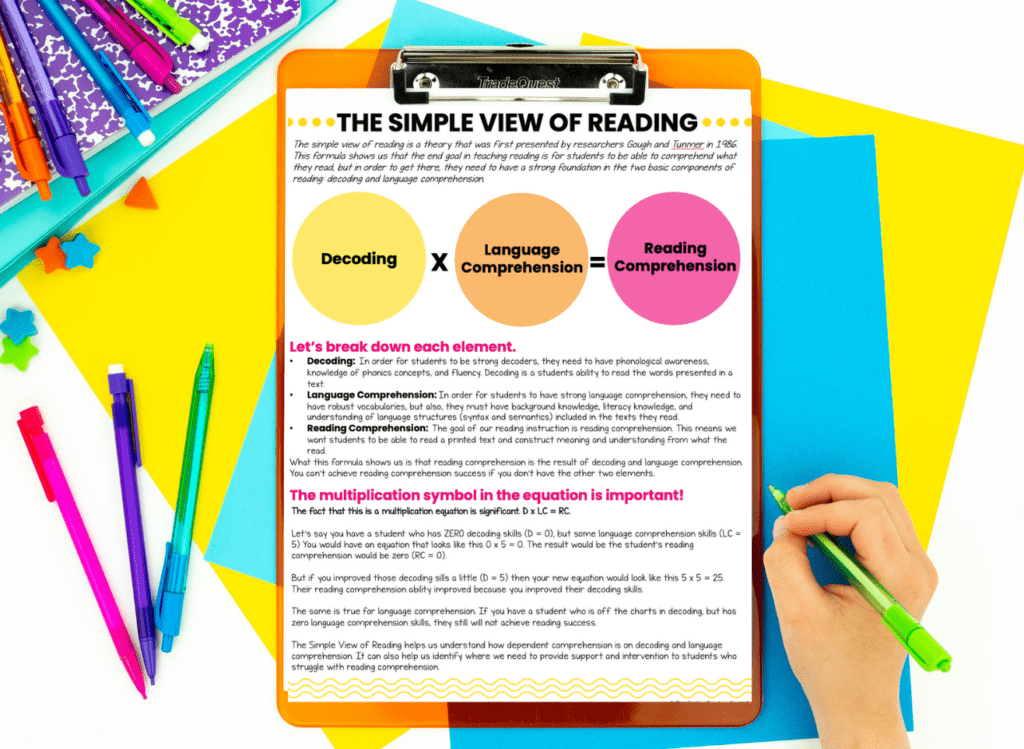
Understanding the Simple View of Reading
At its core, the Simple View of Reading suggests that reading comprehension combines decoding and language comprehension. This may seem like a simple concept, but it can significantly impact how we approach reading instruction in our classrooms. By breaking down reading comprehension into these two components, we can better understand the specific skills students need to develop to become successful readers.
The Simple View of Reading can be represented as a mathematical equation:
D X LC = RC
- D = decoding
- LC = language comprehension
- RC = reading comprehension
The idea is that decoding and language comprehension are two separate skills that must work together in order for reading comprehension to occur.
Let’s take a closer look at each of these components:
Decoding refers to sounding out words and recognizing them on the page. This is where phonemic awareness and phonics come into play. Students who struggle with decoding may have difficulty identifying individual sounds in words or may struggle to apply phonics rules when reading unfamiliar words.
Fluency is also an important aspect of decoding, as students who can read words quickly and accurately can better focus on understanding the text.
On the other hand, language comprehension refers to the ability to understand spoken language. This includes a variety of sub-skills, such as:
- Background Knowledge
- Vocabulary
- Syntax
- Semantics
- Inferential Language Skills
When students have the necessary decoding and language comprehension tools, they are better equipped to comprehend the text they are reading. By focusing on these specific skills in our instruction, we can help our students become more successful readers.
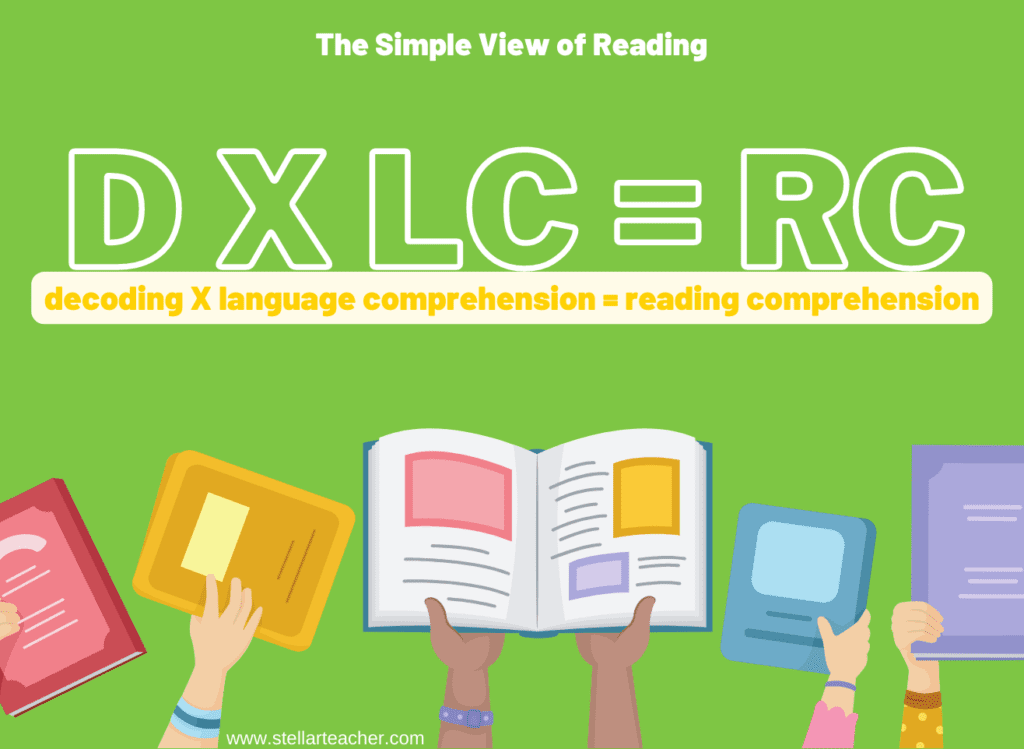
How can we apply the concepts of the Simple View of Reading in our classrooms?
One way is to explicitly teach the specific skills associated with decoding and language comprehension. For example, we can teach phonemic awareness and phonics through systematic and explicit instruction, providing our students with the tools they need to sound out words and recognize them on the page.
Another way to apply the Simple View of Reading is to assess your students’ decoding and language comprehension skills. You can tailor your instruction to meet their needs by understanding where your students are struggling.
For example, if you notice a student struggling with decoding, you can provide additional phonics instruction or support in developing their fluency. If you notice a student struggling with language comprehension, you can provide additional vocabulary instruction or work on developing their inferential language skills.
Maybe you’re wondering where all these comprehension skills are embedded in the standards… Do they fit into the Simple View of Reading?
They do.
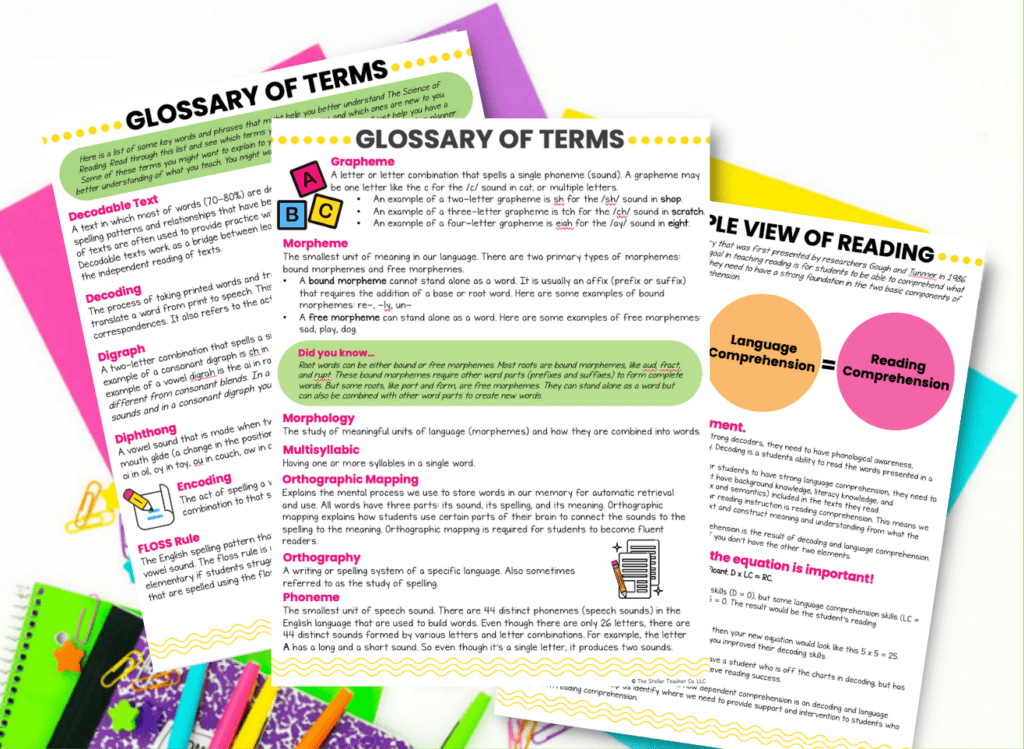
If your students are going to read a fictional story, one of the things that the standards might require them to do is identify the theme.
If students are going to read a story and identify the theme successfully, they need to have the word recognition tools to actually decode, read, and comprehend the story. They need to have strong fluency and sight word recognition so they aren’t breaking apart and decoding every single word in isolation. Word recognition is necessary for them to understand the story and attempt to determine the theme.
Language comprehension is also necessary to determine the theme of a story. Students need to have an understanding of the academic term theme. They also need to have sufficient vocabulary skills in order to understand the words they are reading. In addition, understanding the structure of the story and having sufficient background knowledge will help students meet the goal of identifying the theme.
When we think about reading comprehension in upper elementary and helping our students think critically about the text and make meaning from what is read, they will only be able to do that if they have an established foundation of decoding skills and language comprehension skills.
And lastly, I would suggest using the Simple View of Reading to guide your selection of instructional materials. When selecting texts for students to read, it is important to choose materials that align with their current level of decoding and language comprehension skills. This can help ensure that our students are able to successfully comprehend the text they are reading and continue to develop their skills over time.
The Simple View of Reading provides a useful framework for understanding the specific skills students need to develop to become successful readers. By focusing on decoding and language comprehension, teachers can better understand the specific areas where students are struggling and provide targeted instruction.
Think about your next steps…
- Download my freebie The Science of Reading: Teacher Reference Guide to help you build a solid understanding of concepts and vocabulary associated with the science of reading.
- Check out podcast Episode #85 of the podcast: What is The Science of Reading & Why is it Important?
- Join us inside The Stellar Teacher Reading Membership, where you will get access to a resource library filled with reading and writing resources that you can use with all the picture books you’ll be using in your classroom!
Happy Teaching!


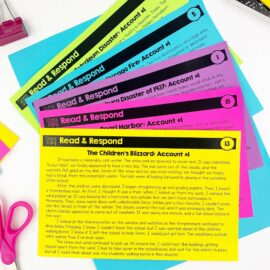
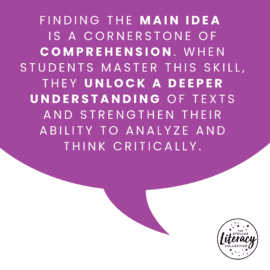









Leave a Comment
You must be logged in to post a comment.